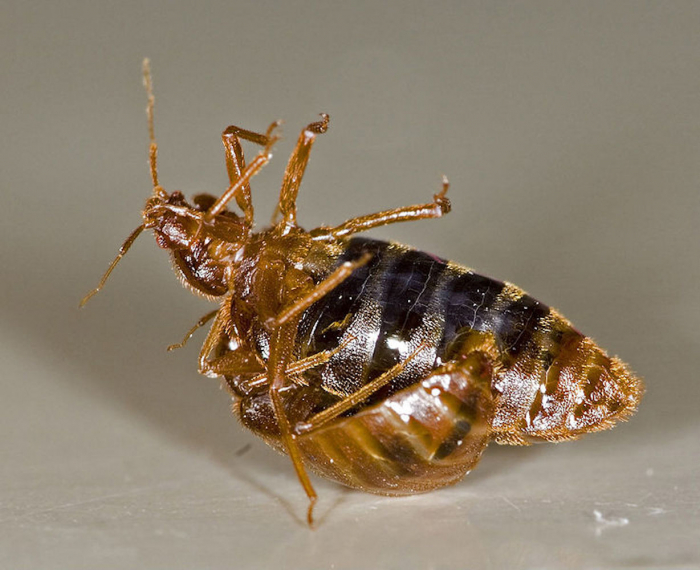ANIMAL RAPES, MOLESTERS AND #METOO
by Bizzarro Bazar
Besides being a crime, rape is also a morally revolting act.
But is there any evolutionary explanation for it?
Before getting scandalised, let us remember that this is only apparently a troublesome question. Indeed, even if someone could demonstrate that rape is somehow useful to the continuation of species, this wouldn’t affect the ethical aspect of it in any way: in fact, from time immemorial, human societies have set a series of rules to prevent social relationships from being regulated by the so-called “law of the jungle”. Our culture and laws also aim at protecting the weakest from the abuses of the strongest, who would instead prevail in the natural state.
Having that said, it is not easy to answer such question. Generalising, we could state that, at least in nature, rape derives from evolutionary adaptation; and yet, it doesn’t always turn out to be a winning reproductive strategy.
In the animal kingdom, non-consensual sex is quite rare, but it still exists, and sometimes can be particularly brutal.
The male sea otter forces the female to have sexual intercourse and, being unable to grab on to her slick and wet fur, he claws or bites her muzzle, often leaving her seriously injured. An extremely violent rapist, as reported by researchers in Monterey Bay, California, drowned the female during the intercourse; then he dragged her corpse through the sea for several days, until he found his next victim.
Ever since the seventeenth century, it is known that male mallards (the typical bright green-headed ducks that can be found in city parks’ ponds) organise gang rapes. When a group of ten males catches a female, they often rape her to death. Gang violence is so common in this species that almost a female out of ten dies in such a terrible way.
Among the “worst specimens” in the animal kingdom, there are bedbugs. Male bedbugs stick their sexual organ (which resembles a dagger or a lance) into a random part of the female body. By this assault, which is properly called “traumatic insemination”, the male releases his sperm into the female’s blood. Entering the bloodstream, the sperm reaches a sort of storing organ, where it is used to fecundate the eggs, as soon as the female manages to feed herself on some human blood, or it is digested in form of proteins. But male bedbugs don’t even stop in front of same-sex individuals: they stab them too, injecting their sperm which reaches the spermatic duct of the victim. The next time he will rape a female, he will unconsciously transmit her the sperm of his aggressor.
Entomologist Howard Ewans, quite disgusted by a similar show, wrote: “looking at the scenario of these bedbugs that enjoy while waiting for the next blood-based meal, i.e., that intercourse at pleasure and independently from sex, transmitting nourishment through the sperm, Sodoma looks like the Vatican” (cited in M. Miersch, Das bizarre Sexualleben der Tiere, Eichborn 1999).
Yet, as we already mentioned, such aggressions aren’t always useful to the species. Until recent times, researchers used to assume that the two sexes always had a common reproductive purpose; nevertheless, they are currently considering the hypothesis of a sexual conflict, caused by different evolutionary instincts in males and females. For example, males may seek frequent mating to increase the chances of transmitting their genetic make-up, while females tend to reduce the physical stress of mating in order to guarantee a healthier litter. These two strategies clearly don’t match.
Thus, in the long run, bedbugs’ sexual frenzy ends up being counter-productive since the high frequency of mating doesn’t help the preservation of female fertility: on the contrary, the continuous ‘stabs’ jeopardise their longevity and reproductive success.
Rape also exists among some of our closest relatives, namely primates, and it is particularly common among orang-utans. But, just as it happened in our societies, some species have taken countermeasures, too.
The females of ring-taled lemurs, red colobuses, macaques, and spider monkeys organise anti-rape groups, able to hold off the most troublesome males, and even to throw out of the pack the unwelcome individuals. A real monkey #MeToo, confirming that also in nature the two sexes happen to have a conflictual relationship.


